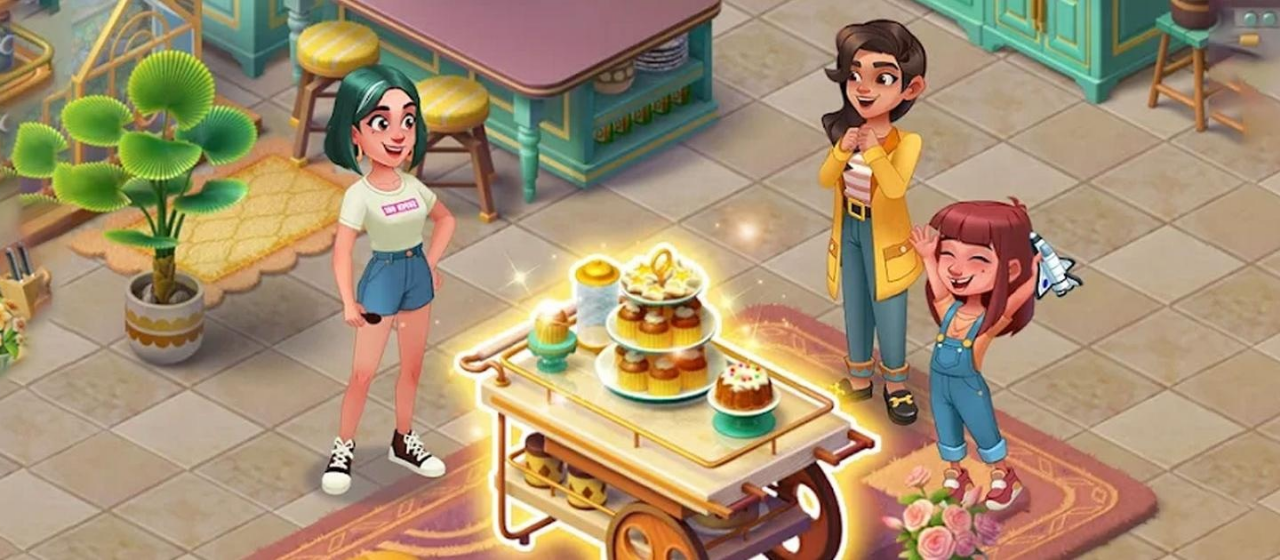Whether it’s a book, TV show, or movie, most of us have become engrossed in the story of our favorite characters; our eyes glued to the pages or screen, waiting to see what happens next. Narrative design has always been an important part of video game development, but its significance in modern-day games continues to grow as narrative elements play an important role in player engagement and retention.
Storytelling elements are such a powerful tool for game developers because of the strong connection they can create with a player base. Over time, players learn more about the worlds they’re exploring and become immersed in them, promoting emotional engagement. They learn about their favorite characters and forge connections, which motivates them to keep playing.
A narrative can also help with pacing, building and releasing tension alongside key story beats while directing the players’ attention and emotions through them, all the while supporting other features and creating a meaningful foundation for retention. Metacore’s successful UA tactics with Merge Mansion’s marketing campaigns and disturbing lore showcase how storytelling can be a powerful tool to attract new users, even if your game sits outside of the genres typically associated with strong storytelling.
That said, incorporating storytelling elements into a game can be challenging, as it relies on a carefully crafted amalgamation of rich narrative design with imaginative gameplay – and the two don’t always come together naturally. To put you on the right track, we’ve taken a deep dive into four games that have delivered innovative storytelling in four subgenres: Merge Puzzle from the Casual category, and MMORPG, Action RPG, and 4X Strategy from the Mid-core category.
Merge Puzzle: Gossip Harbor
One of the most common places to encounter storytelling elements on mobile is within the puzzle genre, and while this might sound unconventional, it’s all relatively seamless in practice. Typically, a player completes specific puzzle tasks or matches, which unlock short story segments that play out before the next challenge begins, adding an extra layer that encourages users to continue playing a bit longer.
The most well-known examples are from Playrix: Homescapes and Gardenscapes, although their storytelling features act as more of a secondary feature rather than a core motivational driver. Several exploration games also incorporate similar story designs. If we look at the overall change in popularity of storytelling and dialogue elements featured in casual games, there has been a 7% growth in the top 20% of the games, which is a considerable number of titles.
One title that truly stands out from the pack is Microfun Limited’s Gossip Harbor, which features a storyline that is unique both in terms of its actual narrative and how it’s incorporated into the gameplay experience.
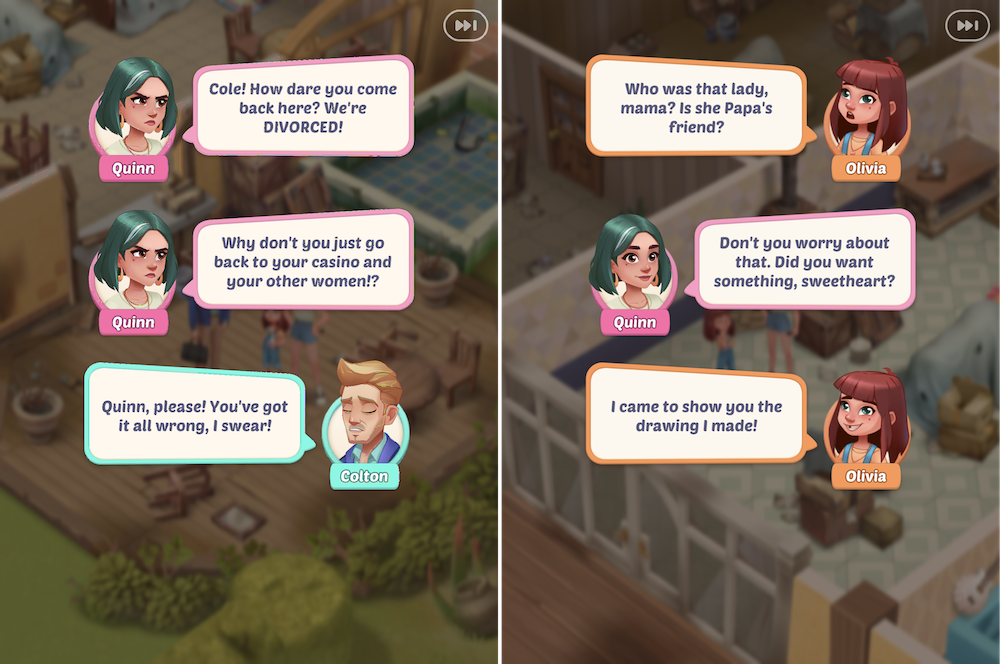
In Gossip Harbor, players follow the story of protagonist Quinn, who has just divorced her husband after she discovers his massive gambling problem. Her restaurant also had a mysterious food poisoning incident, and the story follows the aftermath, with Quinn solving the mystery of food poisoning. The story has multiple main and side characters, and besides the mystery theme, there are also some romance and LGBTQ themes.
What makes the story aspect of Gossip Harbor stand out from Playrix’s games and other puzzle titles is how important the story is to the overall experience. Rather than being tacked on, the game is presented like a visual novel, which brings the story to life. The storyline also goes hand-in-hand with the gameplay, with the meta-layer revolving around renovating different parts of the restaurant in the game (by completing merge2 challenges) to help Quinn get her business back on track.
Better still, new episodes are released on a regular basis, meaning that players who have completed the main game still have something to keep bringing them back.
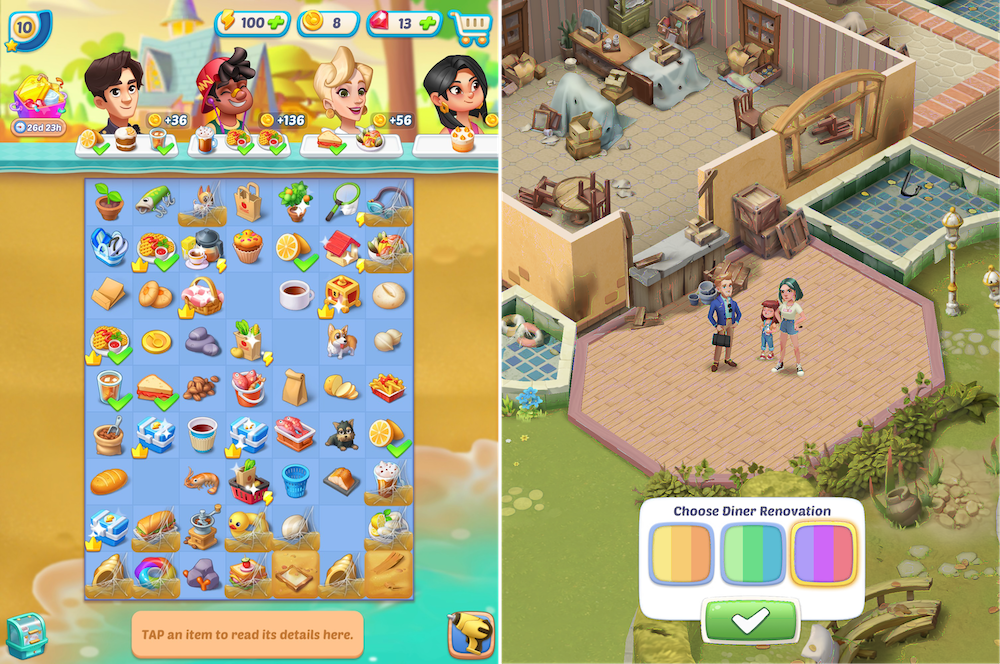
Other examples of successful merge games include titles such as Merge Mansion, Travel Town, and Love & Pies, all of which rely on continuous narrative elements to keep players coming back for more. The same goes for other puzzle games in the market, which all typically feature narrative elements, even in the most casual genres, to boost player immersion and drive engagement.
In contrast, if we compare this logic with some merge titles that lack narrative elements, we can see the detrimental impact this has had on their overall success. For example, titles such as Chef Merge and Merge Inn do not have a constant narrative element, and both have proven unprofitable.
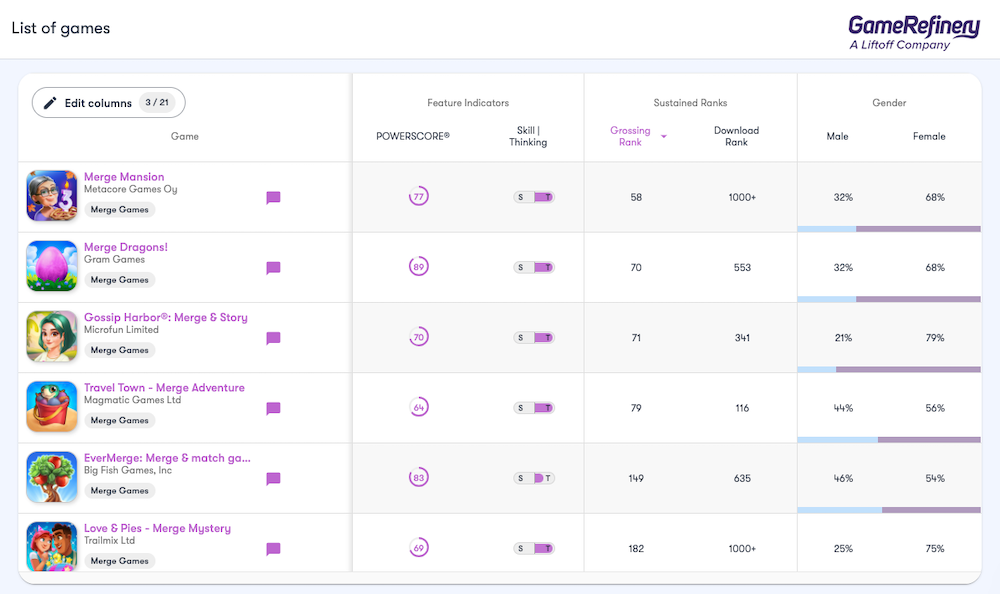
Including narrative elements in the meta layer of the game certainly has a positive impact on the revenue. GameRefinery’s motivational data shows Gossip Harbor does things differently than most merge games. The motivation “Expression – Role-playing & Emotions” is related to the storytelling aspects of the game that draw players in with a deeper exploration of the characters and their lives. We can see from the chart below how this motivation is much higher in Gossip Harbor than in other merge games, which makes the game more appealing to players across other genres who are typically interested in storytelling aspects and emotional impact.
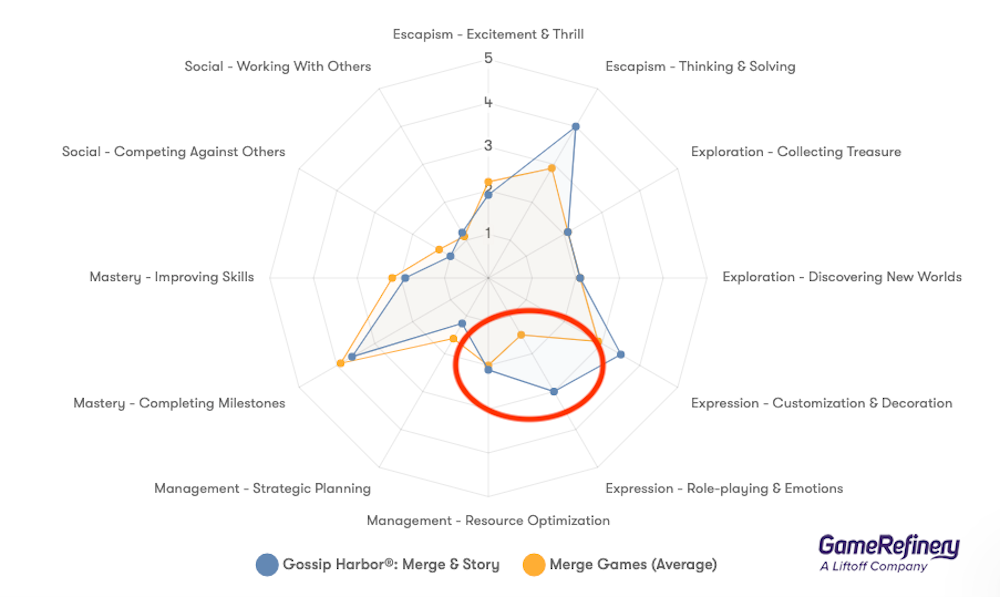
MMORPG: Diablo Immortal
Historically, role-playing games have been the home of complex narrative design in video games, and that’s still the case on mobile. One of the best examples on the market today is Blizzard’s portable take on its dungeon-crawling RPG, Diablo Immortal, which takes players on an epic fantasy adventure set between the events of Diablo II and III.
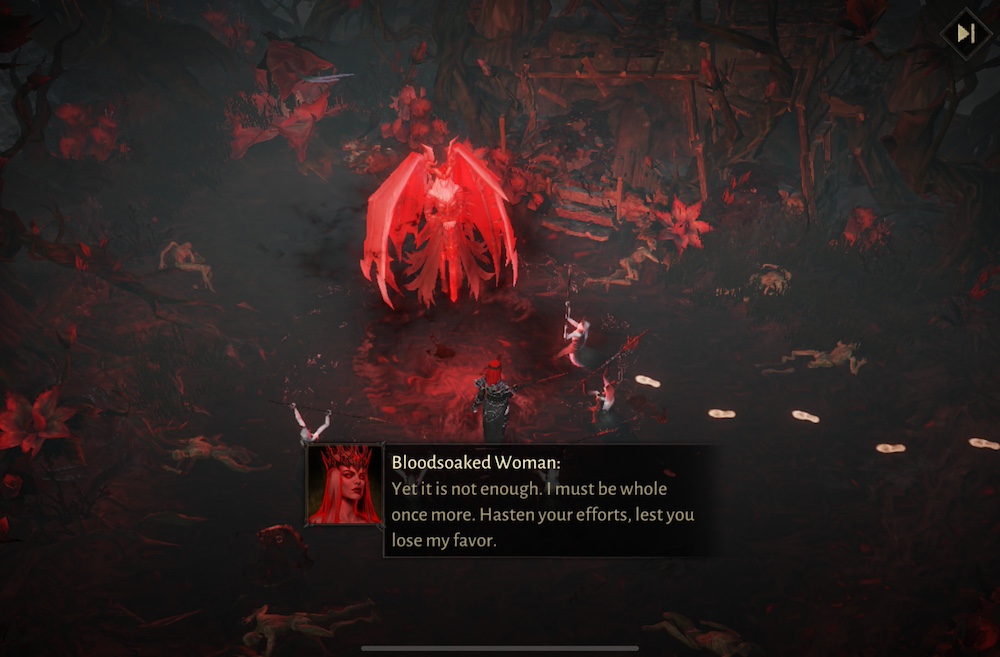
Most of the game sees players facing off against the main antagonist, Skarn, who seeks to gather the Worldstone fragments to resurrect the series’ titular villain, Diablo. This storyline is the primary driver for most of the game as the player levels up their character. However, these storytelling elements go far beyond the main narrative, with cutscenes and dialogue seamlessly integrated throughout the experience to build a truly immersive world.
In most RPGs (and games in general), major new features are usually introduced with just a simple tutorial explaining how everything works. In Diablo Immortal, when a new feature or gameplay mode is available, players receive a new questline that naturally brings it into the world, explaining its place in the Diablo universe while also acting as a tutorial. For example, when the game introduced the Fractured Plane roguelite game mode, players had to complete a lengthy Fractured Plane questline first before they could participate.

Another good example is how a new class, the Blood Knight, was introduced. Players weren’t just told they had a new class to play with. Instead, they went on a new quest that introduced the class and showcased how to best utilize its special abilities within the context of the game’s world. Players could also engage in an Elite Quest, Vowed in Blood, which introduced more lore behind the Blood Knight class and explained how this special class of characters is created.
Diablo Immortal also builds on its narrative by periodically adding expansions, which add additional playable areas introduced through new story content. For example, when the game added Stormpoint to the world map, a new main storyline quest was added to encourage players to explore this new area.

Action RPG: Goddess of Victory: NIKKE
Continuing in the RPG genre, Level Infinite’s Goddess of Victory: NIKKE has been a huge success since it first appeared in November 2022, hovering around the top 20 on the Japanese market and the top 200 on the US market. The game combines a post-apocalyptic sci-fi setting with a heavy RPG focus and shooter gameplay – not to mention some very provocative character designs for the women in the game, which has undoubtedly contributed to its popularity. However, the seductive elements are not the only notable aspect of the game. Goddess of Victory: NIKKE excels in nurturing a deep bond between the player and its characters, cleverly weaving storytelling elements around the game at almost every opportunity.
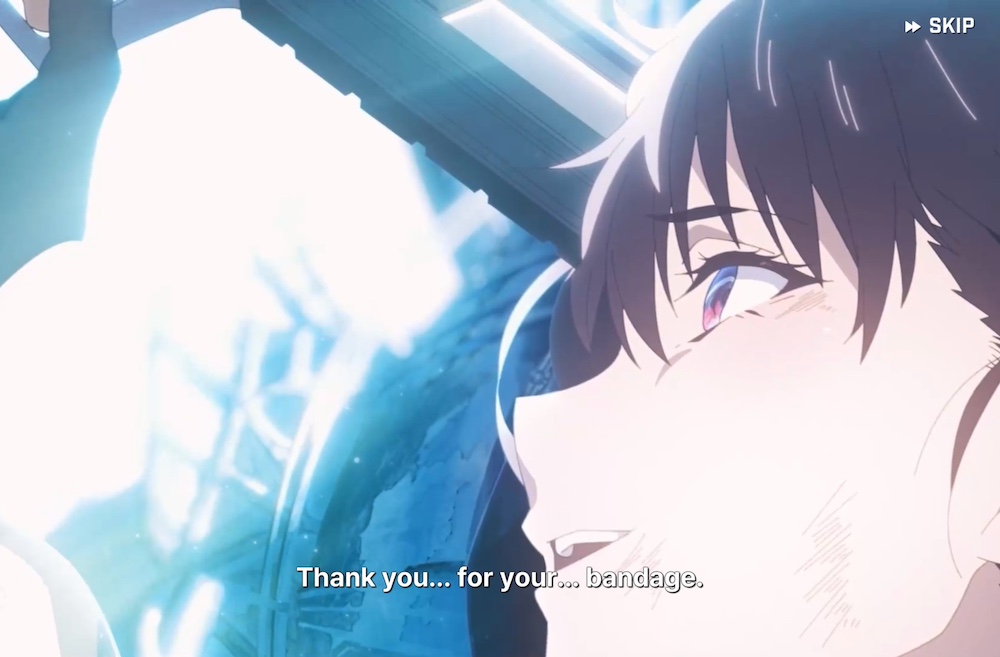
Similar to most RPGs, Goddess of Victory features a campaign mode that takes the player through a rich, detailed storyline. It features traditional voice-acted storytelling with 2D stills and dialogue boxes, dialogue choices for the player, and flashy anime cut scenes during significant story moments. The main storyline focuses on the player’s faceless avatar character, the “Commander,” and their NIKKE, a squad of sexy female combat androids.’
The story starts with a tragic scene where the squad loses a comrade NIKKE to the enemy, highlighted by a lengthy anime cut scene that brings the 2D characters to life. The characters from the squad have distinct personalities and relationships with each other and remain central to the story throughout the game, nurturing a long-term emotional connection. Despite the dark, tragic setting of the story, the dialogue has a lot of situational humor sprinkled in, showing the more serious figures in an endearing light.
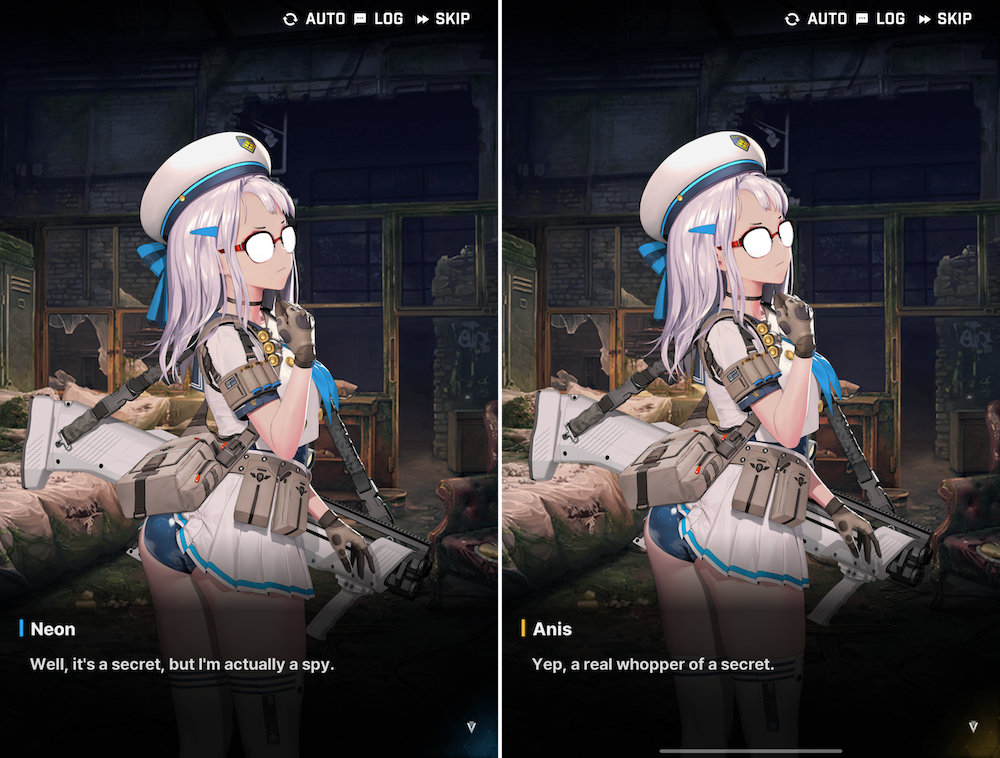
Much of the game’s financial success can be attributed to how it has intertwined its likable characters with its monetization mechanics. The NIKKE, which make up a player’s squad, are drawn from a character gacha, with duplicates being used to upgrade them further. The game relies heavily on the idea of players growing attached to specific characters and investing to make them a key part of their arsenal. The overall pool of NIKKE seems to have been calculated to include enough variety in “waifu” types to accommodate different players’ tastes, with new characters and stories introduced through big events and event gachas. (See the end of this chapter for more on story events in Goddess of Victory: NIKKE!)
Introducing newly acquired characters is done thoroughly to ensure the player gets hooked on learning more about them and their personality. When a player acquires a new SSR NIKKE, a series of story events open to the player around the game. First, the new NIKKE will send a private text message to the player introducing themselves and giving the player a nickname reflective of their own interests.
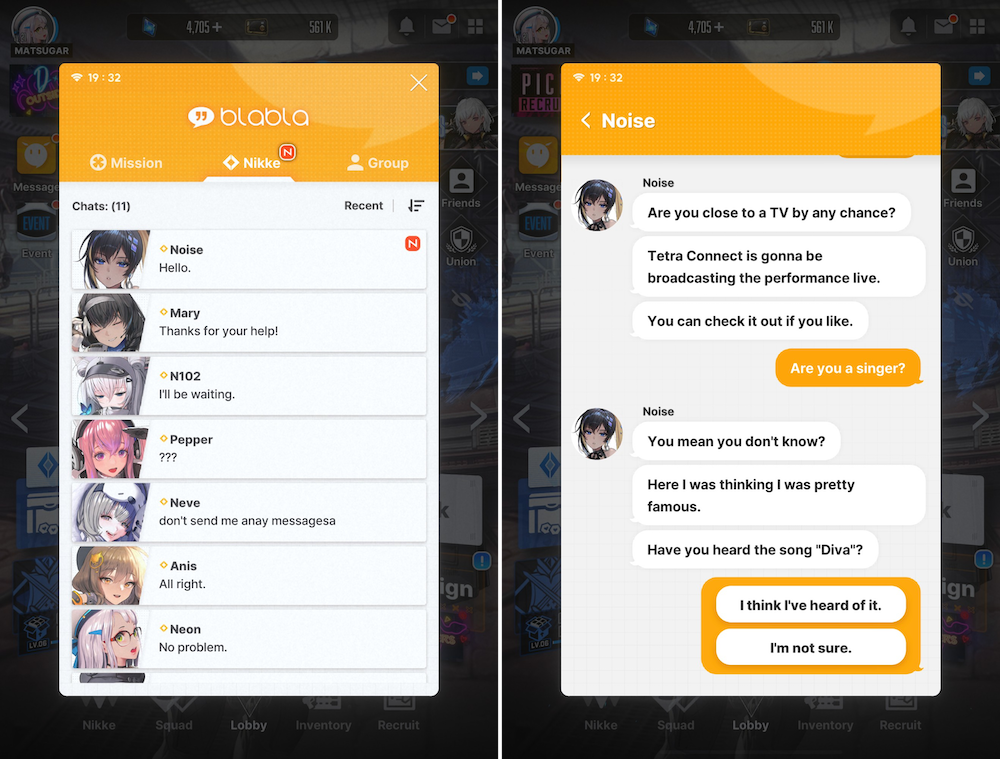
Then, the player can go to the Command Center, chat with the NIKKE, and advise them on their personal problems. The player is rewarded with more “Attraction Rank” exp points for knowing the NIKKE’s character and choosing the correct dialogue option. As the Attraction Rank increases, the NIKKE gains stat boosts, and intimate story sequences centering on that NIKKE and the player become available to roleplay through.
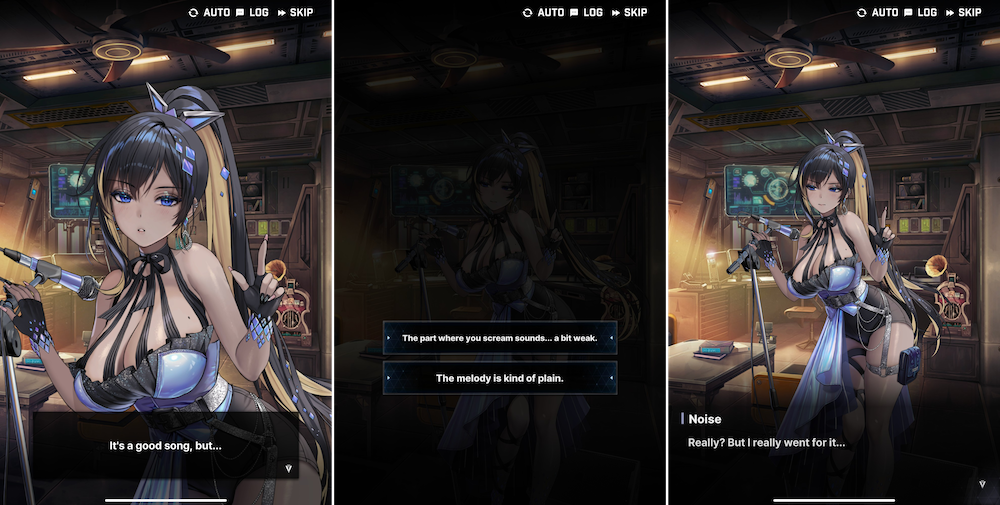
Acquiring a NIKKE may also trigger a unique “Brief Encounter” story segment accessed in specific buildings in the player’s base, the Outpost. Some Brief Encounters require the player to own several NIKKEs featured in that story to become available.
After advancing the story and acquiring certain NIKKEs, the androids will also take it upon themselves to organize group chat rooms where they interact with each other and invite the player to participate. This helps to build the illusion that the characters have lives and personalities beyond their interactions with the player and is an excellent example of how to create more minor game features that deepen the relationship to the characters, story, and world.
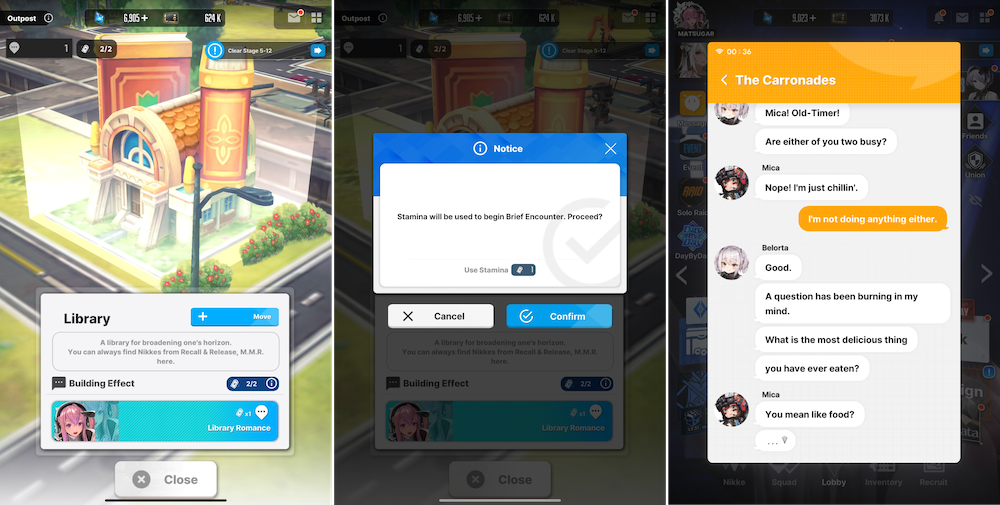
Outside the main narrative, the game revolves around large-scale events focusing on specific NIKKEs. These are designed so that the player gets a boost for acquiring the NIKKE(s) in question from the exclusive event gacha or rewards and using them in battle. The event-exclusive special NIKKEs’ have personal stories in the Advice / Attraction Rank feature that act as side stories to the event’s main story, revealing exclusive details of the plot and characters, ultimately linking longer-term character acquisition benefits and emotional attachment to the limited-time event gameplay together.
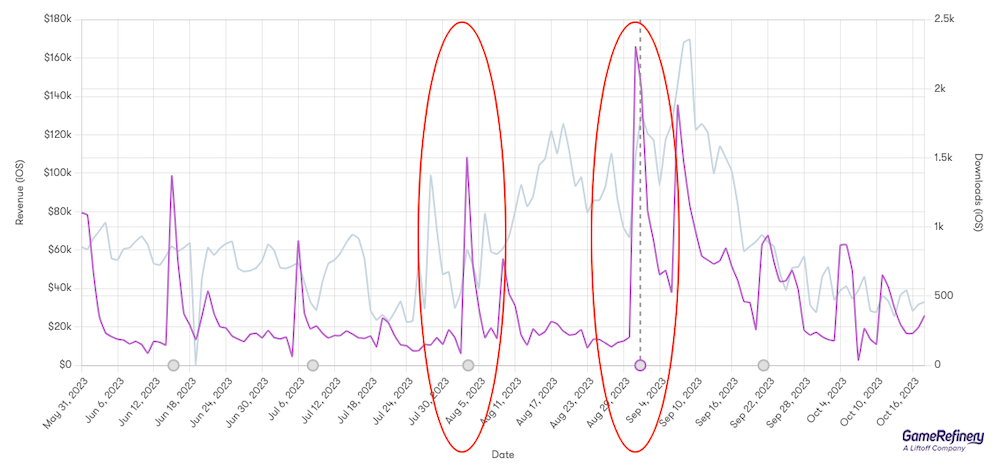
4X Strategy: Call of Dragons
It is clear that hybridization in the form of roleplaying elements and Hero character focus has established its presence in the 4X Strategy scene. One newcomer to the subgenre that has been putting this to the test is Farlight Games’ Call of Dragons. Designed by the same team behind Rise of Kingdoms, this title incorporates storytelling and mechanics familiar from RPG games with a depth unseen on the strategy game mobile market, fleshing out the world and lore around the heroes to forge a stronger connection with players.
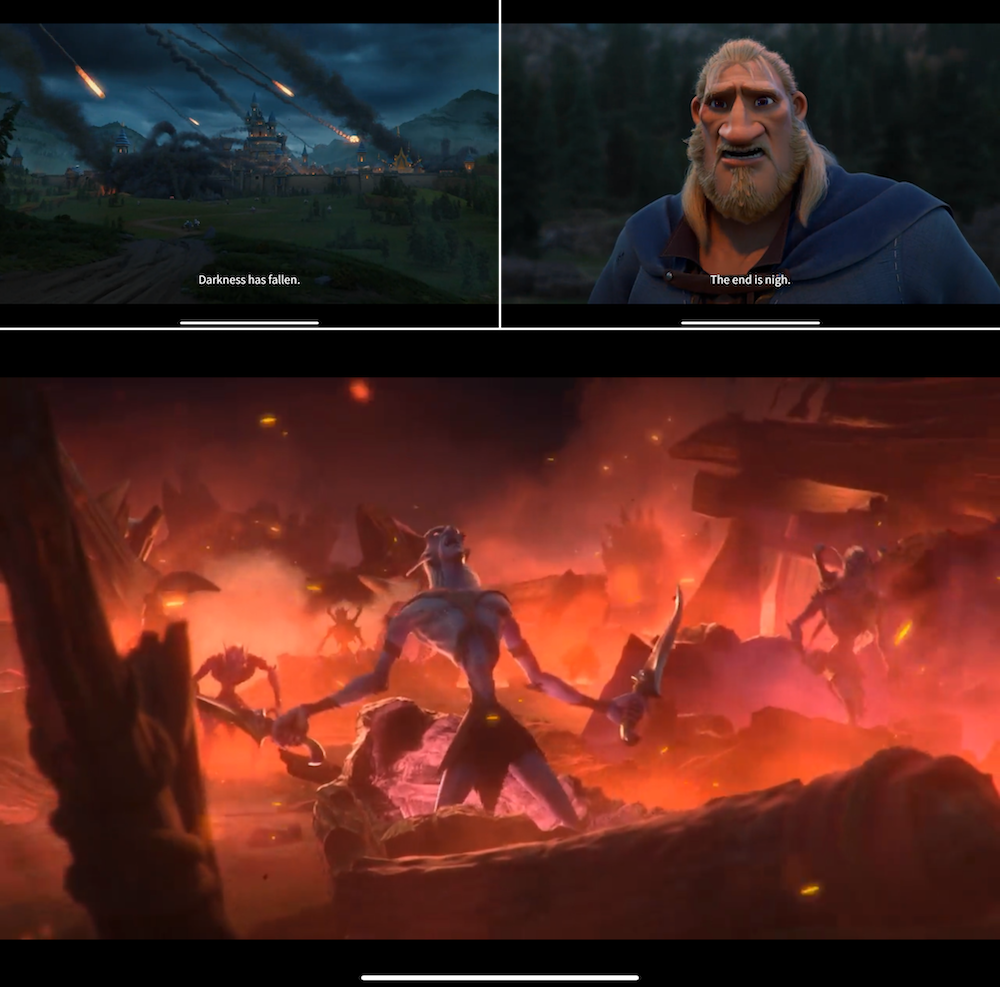
Like many other titles in the subgenre, Call of Dragons features playable hero characters that players collect through gachas and story progression. Farlight Games has put a lot of effort into bringing these heroes to life with AAA-quality 3D animation and voiceover work.
Similar to Goddess of Victory, players are also encouraged to build long-lasting relationships with their favorite characters and form an emotional connection. Each hero has a ‘trust level,’ which is increased by talking to them and completing quests or giving them gifts. As this trust level increases, the player unlocks more story content, including additional dialogue options and background story chapters.
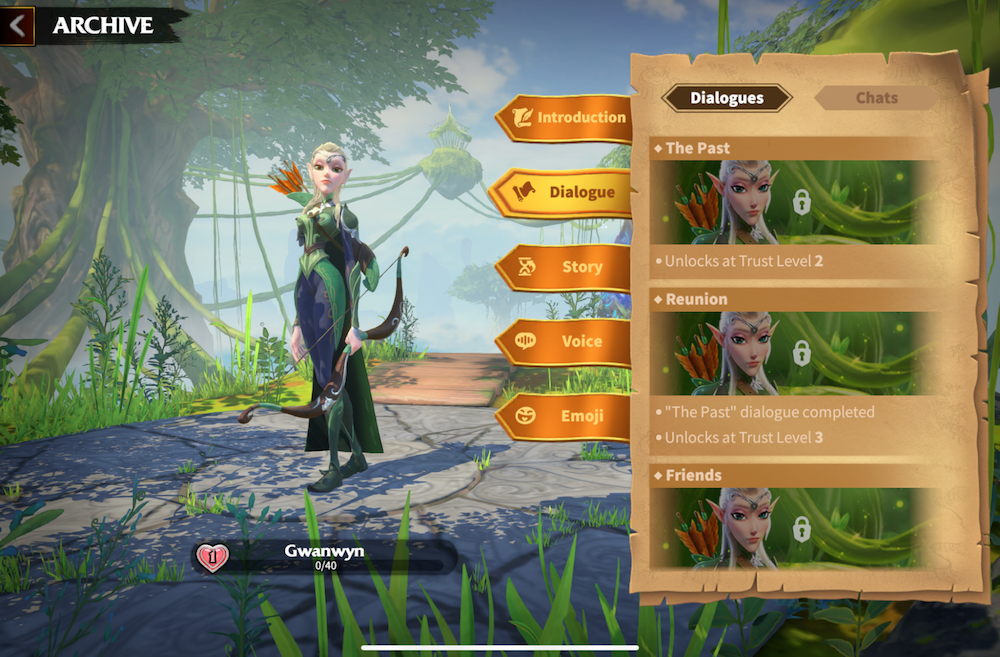
The 3D characters can be seen strolling around the city with a dialogue symbol above their head, prompting the player to chat with them and make dialogue choices that fit their personality. After certain conditions are met, and the player owns all the required characters, heroes can also gather as a group in a corner of the city, with unique dialogue sequences that showcase the heroes’ relationship with each other.
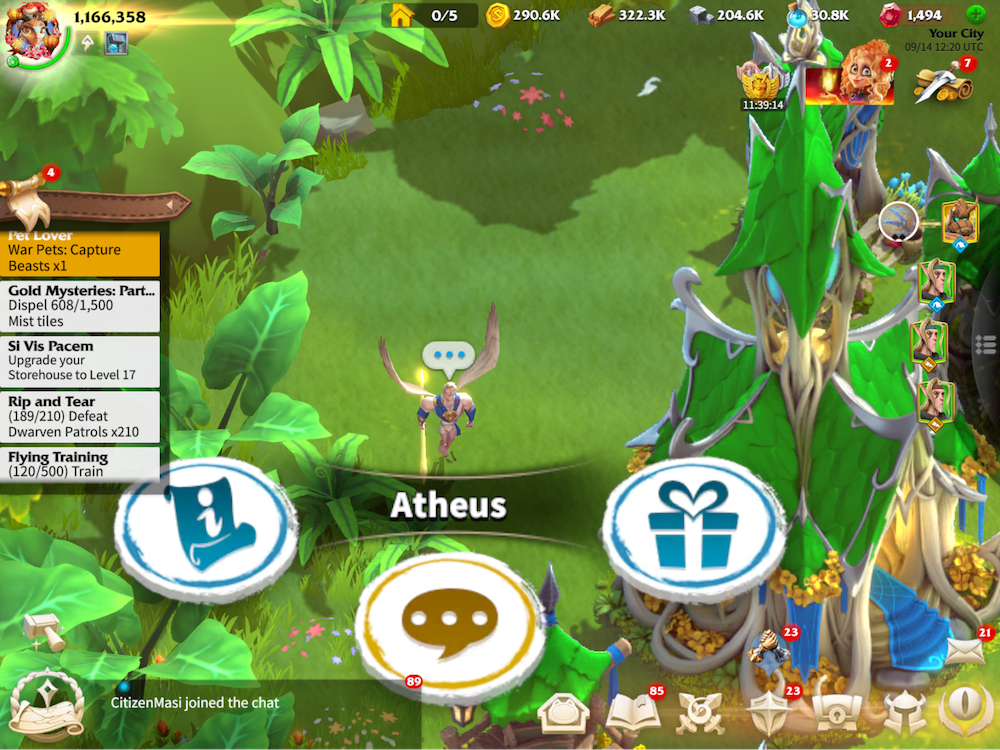
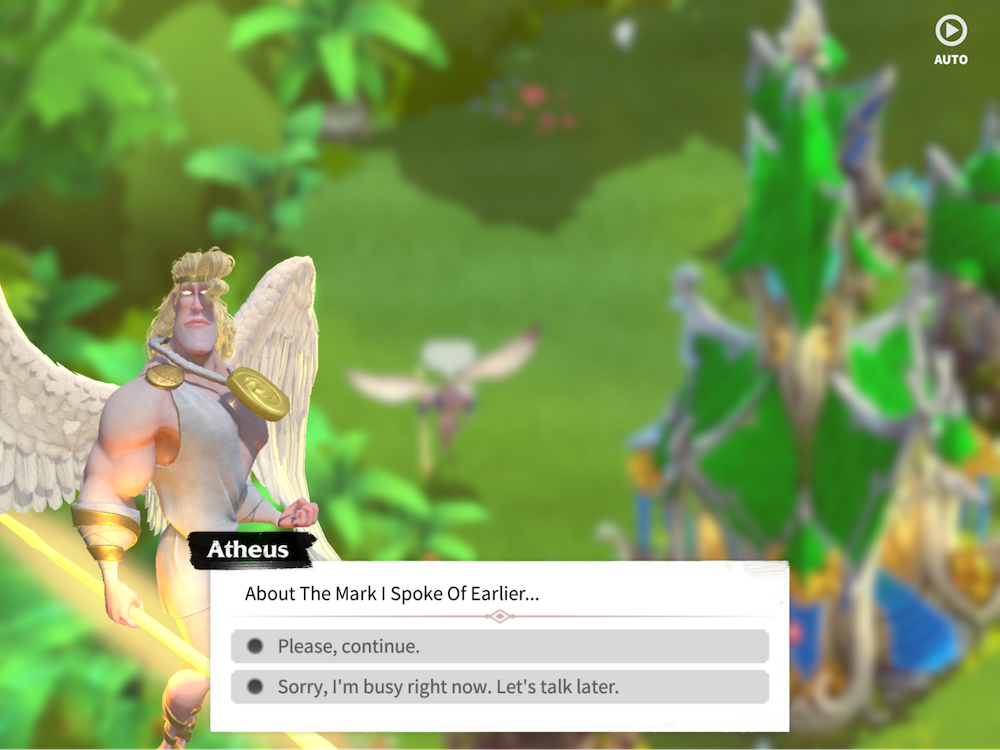
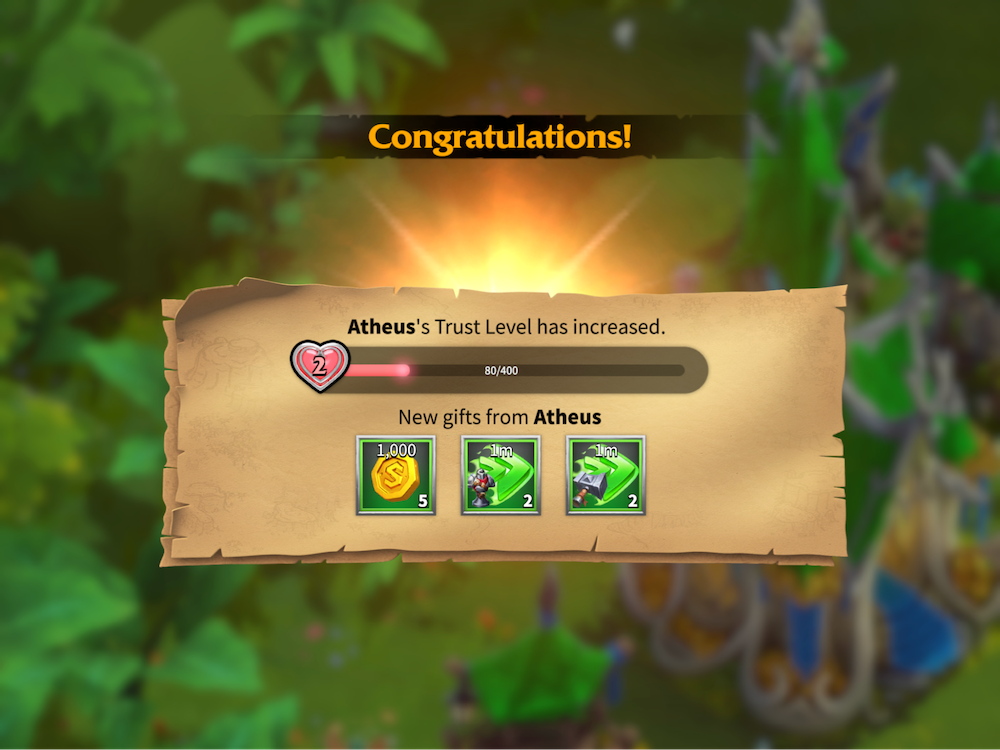
Another excellent detail that adds depth to the exploration is the short story snippets that players encounter when entering new villages. These stories have dialogue choices, and the result in the story changes depending on how the player answers. If the choice is bad and the result is unfavorable, you tend to get slightly worse rewards, and vice versa.
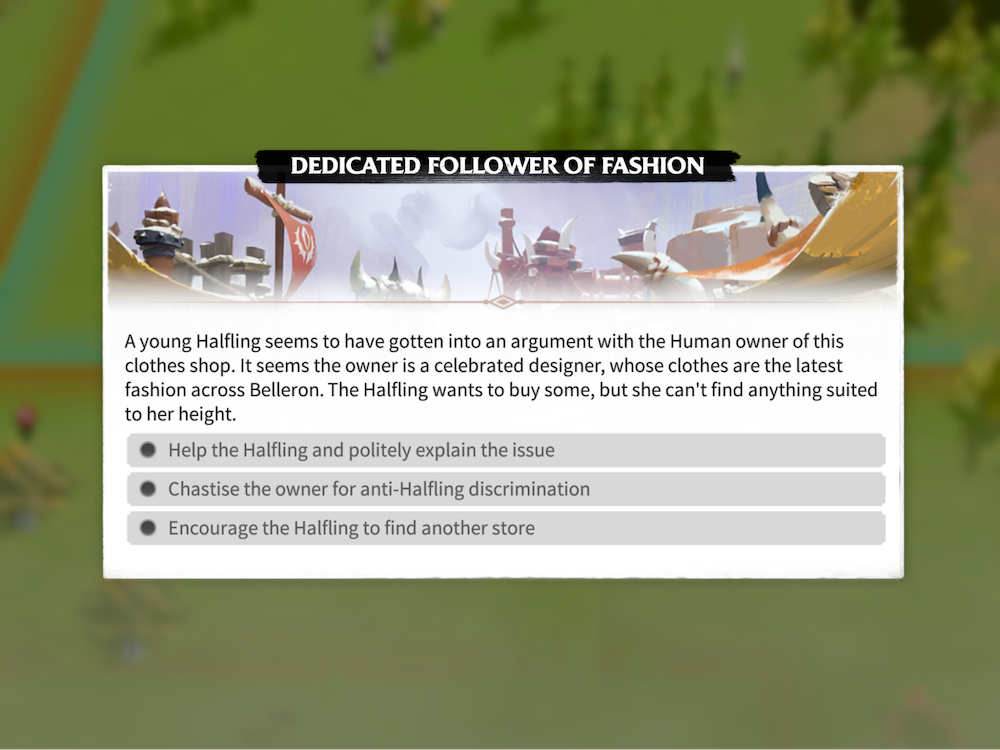

What developers can learn from these examples
These four games demonstrate how storytelling elements can create a more immersive, engaging experience for mobile players and showcase the impact building an emotional connection can have on player retention, regardless of genre. Better yet, some of these titles also illustrate the narrative’s impact on revenue when storytelling becomes intricately woven into a game’s monetization strategy.
Here are the four key lessons to take from these four innovative titles:
- Gossip Harbor has succeeded where other puzzle games have hesitated by going all-in on its storytelling elements, making its narrative integral to the gameplay and at the very core of its player motivation. For storytelling elements to have their maximum impact, they need to be a main event instead of a side feature.
- Diablo Immortal shows that storytelling elements can be integrated beyond the main gameplay loop, using narrative to introduce all-new features and modes for added engagement. Developers should consider how they could build such story-focused tutorials into their own LiveOps strategies.
- Goddess of Victory: NIKKE is invested in creating emotional bonds between players and the characters, making acquiring new characters a personalized experience. This also fuels the game’s monetization, with players investing in the game’s economy to upgrade the characters they’ve forged a bond with.
- Call of Dragons stands out by combining storytelling, dialogue choices, and character relationship development with strategic gameplay and a level of depth that wouldn’t feel out of place on consoles. We anticipate that such lofty production values will only get more impressive as time passes.
If you enjoyed this blog post and would like to learn more about storytelling elements in mobile games, then check out some of our other narrative-focused content:


